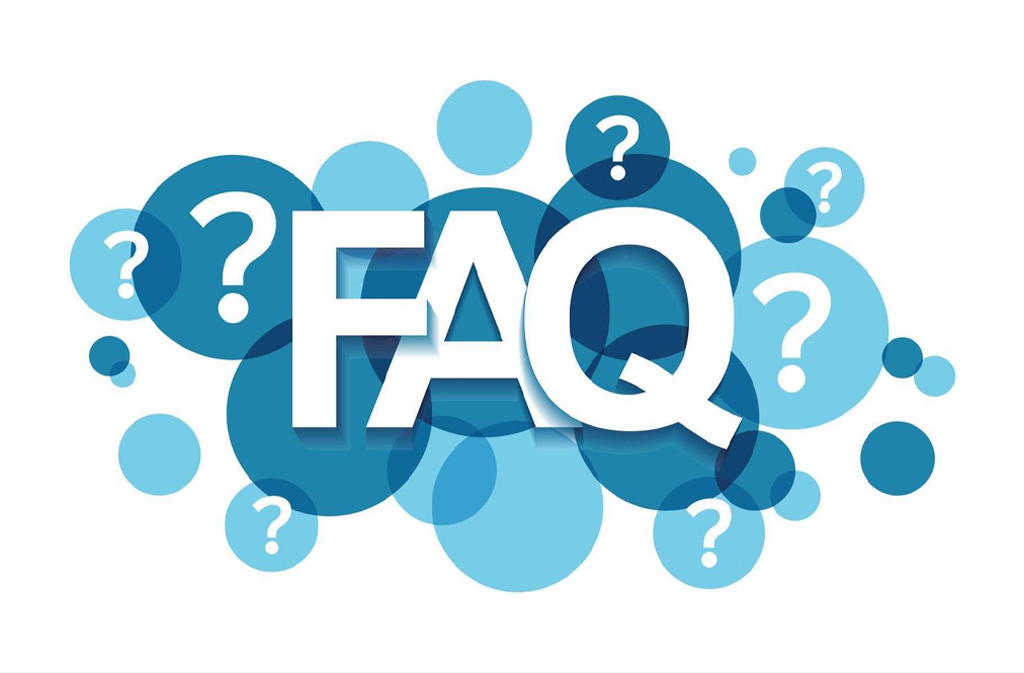Pixelscan is a tool that many people use to check their browser’s fingerprint and online identity. In today’s world, websites can track users through tiny details like device settings, fonts, and even screen size. While most people think clearing cookies is enough, advanced tracking methods go beyond that. Pixelscan makes it easier to see how much of your data is exposed and helps you understand online privacy.
When you visit a website, information is automatically shared, sometimes without your knowledge. This data can be used for targeted ads or even more serious tracking. By using pixelscan, you can test how visible your digital fingerprint is. As a result, you get a better picture of how secure or exposed your browsing really is.
Table of Contents
How Is Works
Pixelscan collects details about your browser, system, and network settings. It then shows you a report, explaining what trackers might see when you visit a website. This includes things like your IP address, operating system, and even time zone.
The interesting part is that pixelscan doesn’t just show basic data. Instead, it highlights unique combinations that make your device stand out. This uniqueness is what allows websites to recognize you, even if you change your cookies or use private mode.
Why People Use
One of the main reasons people turn to pixelscan is for privacy testing. Since online tracking is more advanced than ever, individuals want to know if their setup is secure. Checking your fingerprint gives you valuable insight into how websites may view you.
Another reason is business-related. Developers, cybersecurity experts, and digital marketers often use pixelscan to test their systems. By understanding how their tools look to trackers, they can make adjustments and improve protection for users.
Benefits of Using
The biggest benefit is awareness. Many people are surprised to see how much data is shared with every click. With pixelscan, you can spot weaknesses and take steps to protect yourself. For example, you may decide to use a VPN or adjust your browser settings.
Another benefit is control. Once you know how your browser appears to websites, you can choose tools to reduce your fingerprint. This might include privacy-friendly browsers, extensions, or even changing how you connect to the internet.
Pixelscan and Browser Fingerprinting
Browser fingerprinting is the process of identifying a user by combining small pieces of information. These may include language, installed plugins, and screen resolution. While no single detail is unique, together they form a fingerprint that is often one-of-a-kind.
Pixelscan shines a light on this process. By showing you how unique your fingerprint is, it helps you understand the risk of being tracked. With this knowledge, you can explore ways to reduce your digital footprint.
Pixelscan for Everyday Internet Users
Even if you’re not a tech expert, pixelscan is simple to use. You just open the site, run the scan, and review the results. The report is straightforward, and it makes privacy issues easy to understand.
For everyday users, this tool acts as an eye-opener. It shows that privacy isn’t just about passwords or cookies. Instead, it’s about the many hidden details that make you recognizable online.

For Professionals
For IT specialists and cybersecurity teams, this tool provides real testing value. It allows them to check how secure a browser setup is before releasing it to the public. By doing so, companies can design safer systems and better protect customer data.
Marketers may also use it, but for a different reason. They might want to see how tracking appears from the user side. Understanding what information is visible helps them create more balanced advertising strategies that respect privacy.
Risks Pixelscan Reveals
One risk pixelscan highlights is IP exposure. If your real IP address is visible, websites can track your location. Another risk is device uniqueness. If your system stands out too much, you may be easier to follow across the web.
Additionally, pixelscan can reveal weak points in browser privacy settings. Sometimes, small things like fonts or hardware details can be enough to identify you. Being aware of these risks gives you a chance to fix them.
How to Improve Privacy After Using
After testing with pixelscan, many users make changes to reduce tracking. A common step is using a VPN, which hides your real IP address. Another option is switching to a privacy-focused browser that limits fingerprinting.
Extensions like ad blockers or script blockers also help. They stop websites from collecting too much information. By combining these tools, you can make your digital fingerprint less unique and harder to track.
Myths About Browser Fingerprinting Tools
A common myth is that pixelscan itself is a tracking tool. This is not true. It doesn’t track you but simply shows what is already visible to websites. Its purpose is education, not spying.
Another myth is that using pixelscan guarantees complete anonymity. While it’s a powerful tool, it’s only a checker. To stay safe, you need to use other privacy tools alongside it.
Is Legal to Use?
Yes, pixelscan is completely legal. It doesn’t hack your system or steal your data. Instead, it simply shows you the information your browser already shares.
In fact, using pixelscan can help you follow online safety rules. By being aware of your digital fingerprint, you can take steps to protect sensitive data and browse more securely.
Final Thoughts
Pixelscan is a valuable tool for anyone who cares about online privacy. It helps you see what information is being shared and gives you the knowledge to make changes. Whether you are a casual internet user or a cybersecurity professional, the insights it offers are extremely useful.
At the end of the day, protecting your privacy online is about being aware. Its doesn’t fix everything, but it opens your eyes to hidden risks. With this understanding, you can take control of your digital identity and browse the web more safely.

Frequently Asked Questions
Q1: What is Pixelscan?
Pixelscan is an online tool that shows what information your browser and device share with websites. It helps you understand how visible your digital fingerprint is when you browse the internet.
Q2: Is safe to use?
Yes, is completely safe. It does not collect your data. Instead, it only displays information that websites already see when you visit them.
Q3: Does make me anonymous online?
No, it does not hide your identity. It only shows how websites can track you. To become more private, you need tools like VPNs, secure browsers, or privacy extensions.
Q4: Why do people use?
People use Pixelscan to test their online privacy and check their browser fingerprint. Everyday users, IT professionals, and even marketers find it useful for understanding what information is exposed.
Q5: Can stop tracking?
Pixelscan itself cannot stop tracking. However, it gives you knowledge about what details are visible. With this information, you can take steps to protect your privacy using other tools.
Visit our website: Organize Blogs

